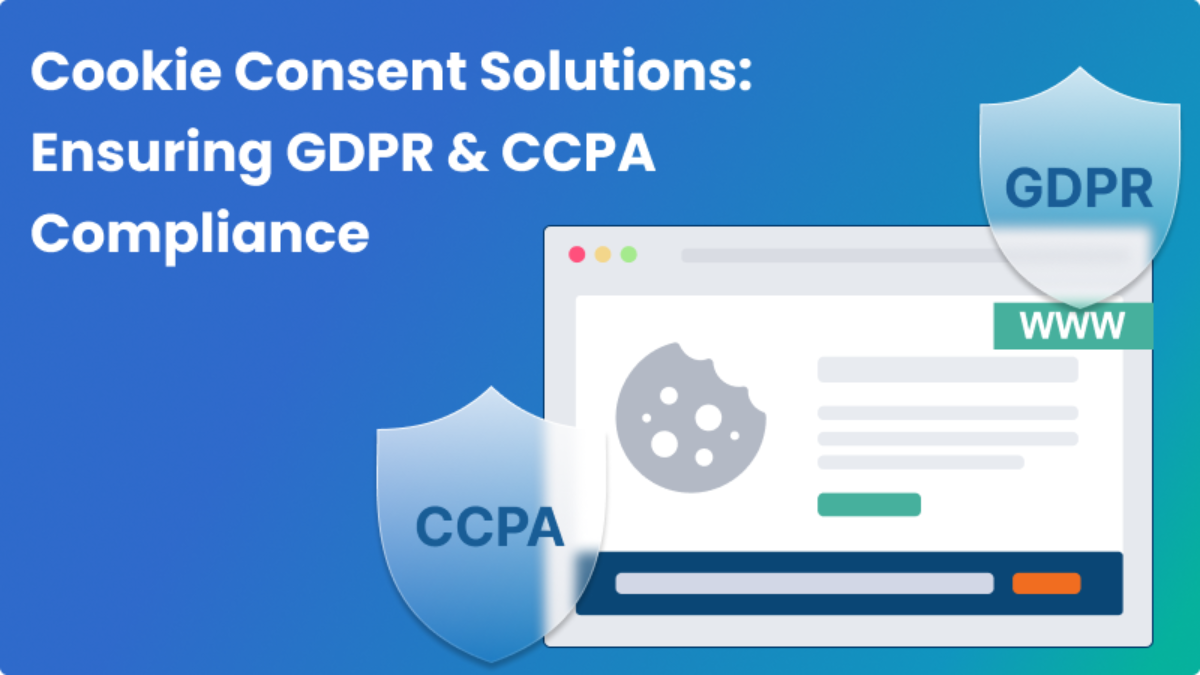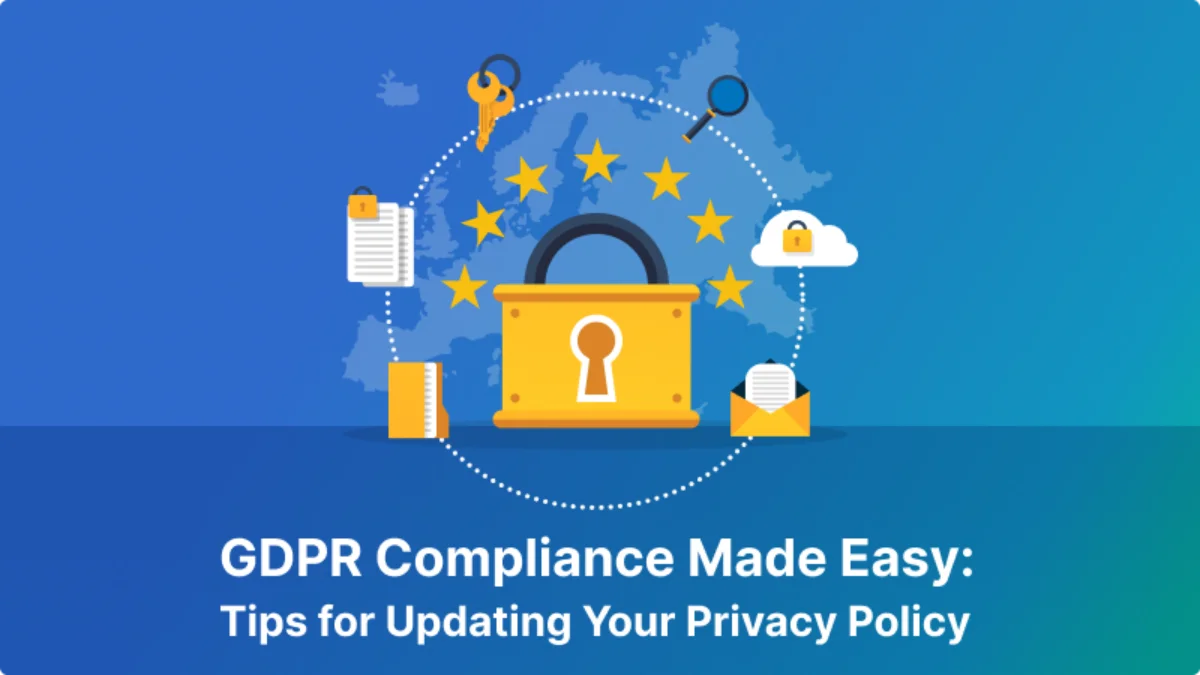Why Data Redaction is Essential for Fulfilling Data Subject Access Requests?

In today’s data-driven world, organizations are constantly managing vast amounts of personal information. With the growing emphasis on data privacy and protection, businesses must comply with regulations like the General Data Protection Regulation (GDPR) and the California Consumer Privacy Act (CCPA). One critical aspect of these regulations is the right of individuals to access their personal data through Data Subject Requests (DSRs). However, fulfilling these requests is not as simple as just handing over data. It requires careful consideration of privacy, security, and compliance, and this is where data redaction plays a crucial role.
Understanding Data Redaction
Data redaction involves masking, obscuring, or removing specific pieces of sensitive information from documents or datasets before sharing them with the requester. This process ensures that only relevant and permissible data is disclosed, while confidential, sensitive, or irrelevant information is protected.
The Importance of Data Redaction in Fulfilling DSRs
Protecting Third-Party Privacy
When responding to DSRs, it’s common for the requested data to include information about other individuals. For instance, email chains, documents, or customer service interactions may contain the personal data of multiple people. Redacting third-party information is crucial to avoid unintentional privacy breaches and ensure compliance with data protection laws that safeguard the rights of individuals who did not request the data.
Compliance with Legal and Regulatory Requirements
Regulations like GDPR and CCPA mandate that organizations must only disclose information that is directly relevant to the data subject making the request. Data redaction helps organizations meet these legal requirements by removing extraneous or protected information, thereby avoiding potential legal repercussions such as fines or sanctions.
Preventing Exposure of Sensitive Data
Not all data within a system is appropriate for disclosure. Sensitive information, such as financial data, personal identifiers, or proprietary business information, may need to be withheld even when fulfilling a DSR. Data redaction ensures that sensitive details are masked or removed, thereby reducing the risk of data breaches, identity theft, or misuse of disclosed information.
Ensuring Data Accuracy and Relevance
Data subjects have the right to access their personal data, but this right does not extend to accessing every piece of information within an organization’s systems. Data redaction helps filter out irrelevant or redundant information, ensuring that the data provided is accurate, relevant, and in line with the scope of the request.
Maintaining Confidentiality and Security
Organizations handle a wide array of data, some of which may be confidential or classified. For example, internal communications, trade secrets, or security protocols may be embedded within datasets requested through a DSR. Data redaction is a critical step in maintaining the confidentiality and security of such information, thereby protecting the organization’s interests while fulfilling legal obligations.
Minimizing Operational Risks and Liabilities
Failing to redact sensitive information can lead to various risks, including reputational damage, loss of customer trust, and potential legal liabilities. By implementing robust data redaction processes, organizations can mitigate these risks, ensuring that they uphold their privacy commitments and maintain compliance with applicable data protection regulations.
Best Practices for Data Redaction in DSR Fulfillment
Automate the Redaction Process
Manual redaction is prone to errors and can be time-consuming, especially when dealing with large datasets. Leveraging automated tools and technologies for data redaction can enhance accuracy, speed, and consistency in the redaction process.
Establish Clear Redaction Policies
Organizations should define clear policies and guidelines on what constitutes sensitive information and what should be redacted. These policies should align with regulatory requirements and be regularly updated to reflect changes in laws and business practices.
Train Staff on Data Redaction Protocols
Employees involved in fulfilling DSRs should be adequately trained on the importance of data redaction, the risks of non-compliance, and the proper use of redaction tools. Continuous training helps ensure that staff remain vigilant and capable of handling data responsibly.
Regular Audits and Reviews
Regularly auditing redaction processes and reviewing fulfilled DSRs can help identify gaps or inconsistencies in redaction practices. These audits ensure that redaction efforts are effective and that the organization remains compliant with its data protection obligations.
Conclusion
Data redaction is a fundamental component of fulfilling Data Subject Requests. By ensuring that only relevant and permissible information is disclosed, organizations can protect individual privacy, comply with legal requirements, and minimize risks associated with data exposure. As data privacy regulations continue to evolve, robust redaction practices will remain critical for organizations seeking to uphold their commitments to data protection and privacy.

















